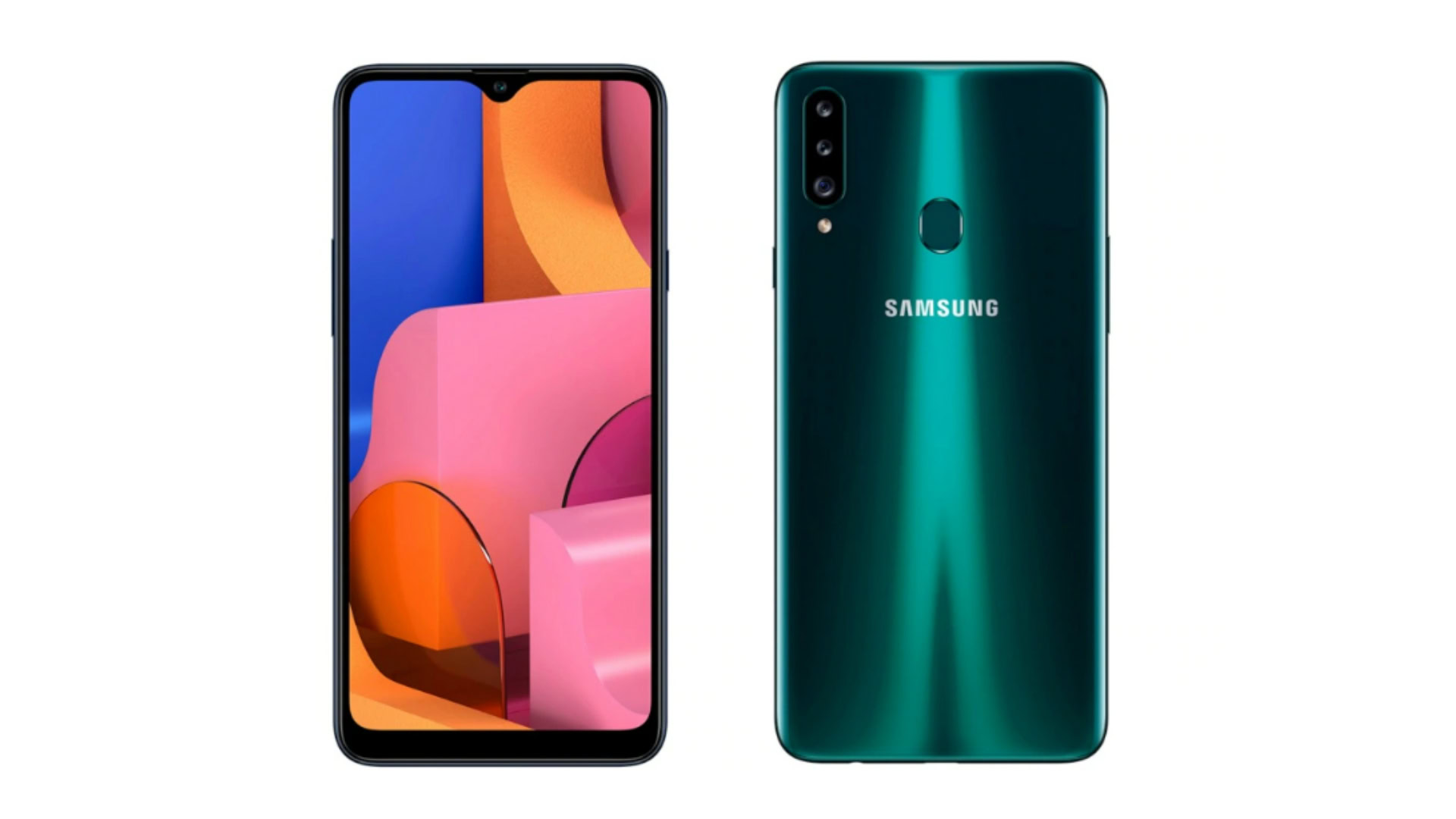The smartphone market is bustling with an array of choices, and the Samsung Galaxy A20 is a contender that offers budget-conscious consumers a mix of features and value. But in a segment crowded with alternatives, how does the Galaxy A20 stack up against its rivals? This comparison aims to dissect the pros and cons of the Galaxy A20 in relation to its competition, covering key areas that most users consider when purchasing a new device.
Display and Design: The First Impression
Galaxy A20’s Visual Appeal
Samsung has equipped the Galaxy A20 with a vibrant 6.4-inch Super AMOLED display, offering users bright and colorful visuals that are a pleasure to view. The design features a sleek appearance with a comfortable grip, thanks to its slim profile. For those who prioritize screen quality, especially for media consumption, the A20’s display is a standout feature in its price bracket.
Comparing with Other Budget Smartphones
When pit against competitors in the same price range, the Galaxy A20 often surpasses others with lower-resolution LCD screens. Although some rivals may offer similar screen sizes, the quality of the A20’s AMOLED display sets a high bar that not many can match without bumping up the price.
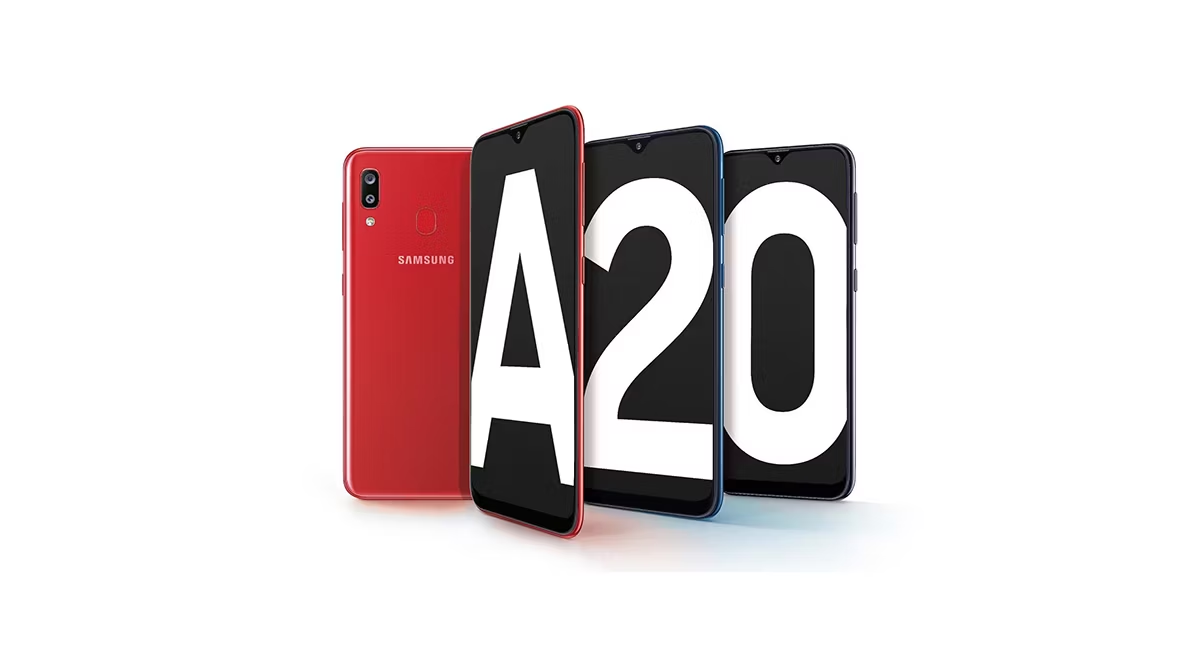
Performance and Software: The Power Within
A20’s Processing Capabilities
The Galaxy A20 is powered by Samsung’s Exynos 7884 processor, paired with 3GB of RAM. This setup delivers enough power for everyday tasks such as social media, casual gaming, and streaming. Users looking for a smartphone for general use will find the A20’s performance satisfactory.
How Rivals Measure Up
In comparison, some competing models may boast more robust processors or additional RAM, which can translate to smoother multitasking and better handling of more demanding applications. While the A20 holds its own in day-to-day performance, power users might lean towards other devices that offer a bit more horsepower under the hood.
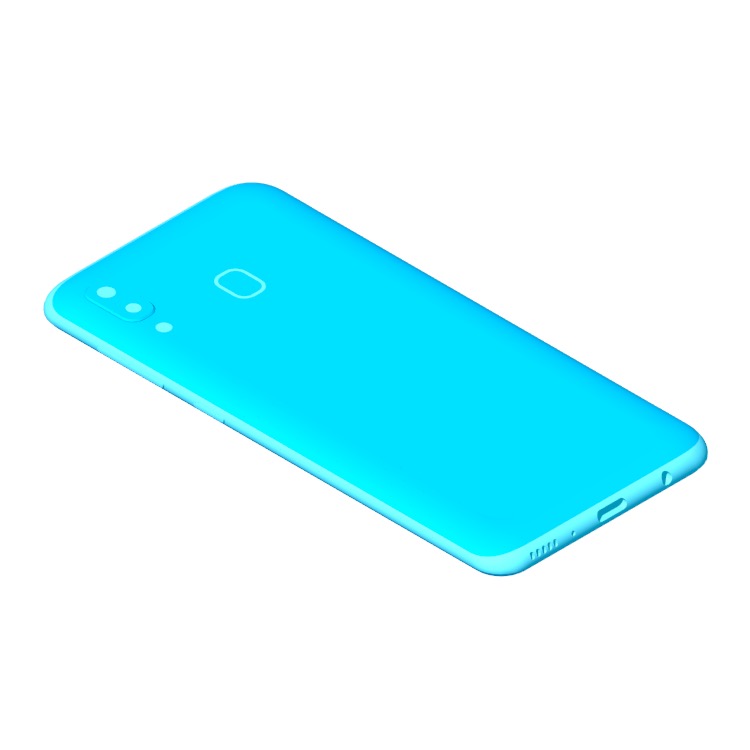
Camera Quality: Capturing Moments
The A20’s Camera Setup
The dual-camera setup on the Galaxy A20, with a 13-megapixel main sensor and a 5-megapixel wide-angle lens, allows users to capture decent photographs in various conditions. The simplicity of the camera’s user interface also makes it accessible to a wide range of users.
Competitor Camera Capabilities
It is in the camera department that rivals might gain an edge, as some offer higher megapixel counts or additional features like night modes and advanced image stabilization. For shutterbugs, it’s crucial to compare camera samples and features side-by-side to determine which device will meet their photography needs at a budget-friendly price point.
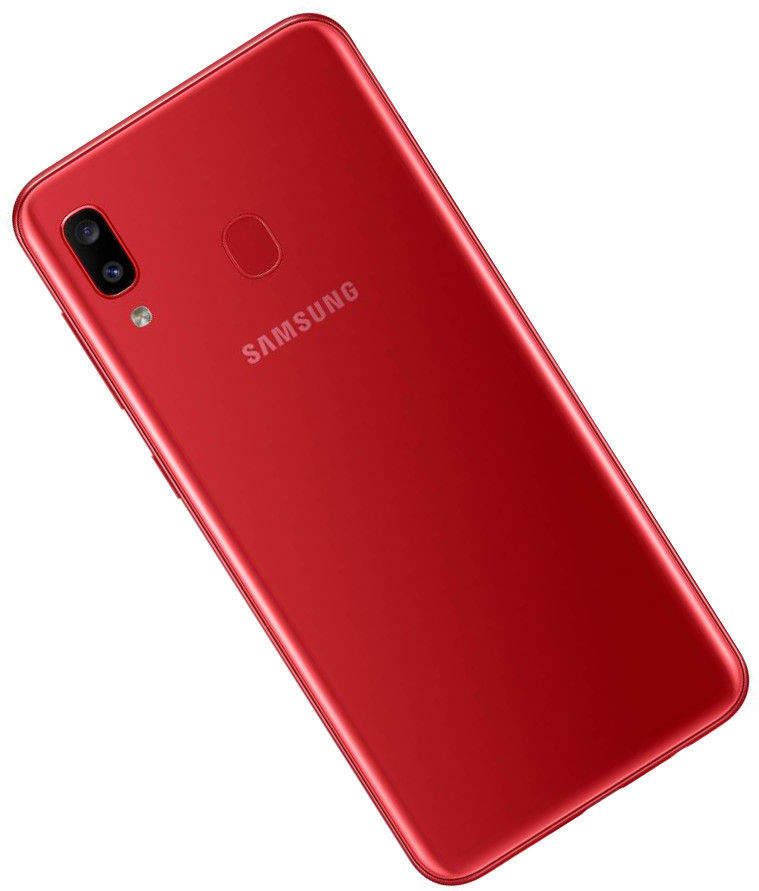
Battery Life and Charging: Staying Powered
Longevity of the A20’s Battery
One area where the Galaxy A20 shines is its 4,000 mAh battery, which provides all-day battery life for typical users. Its inclusion of fast charging is a bonus that keeps the phone conveniently topped up.
Battery Performance in the Competition
Competing smartphones in the same price range may offer similar or larger battery capacities but tend to lack fast charging technology. For users who value battery life and quick charging times, the A20 could stand out as the more practical choice.
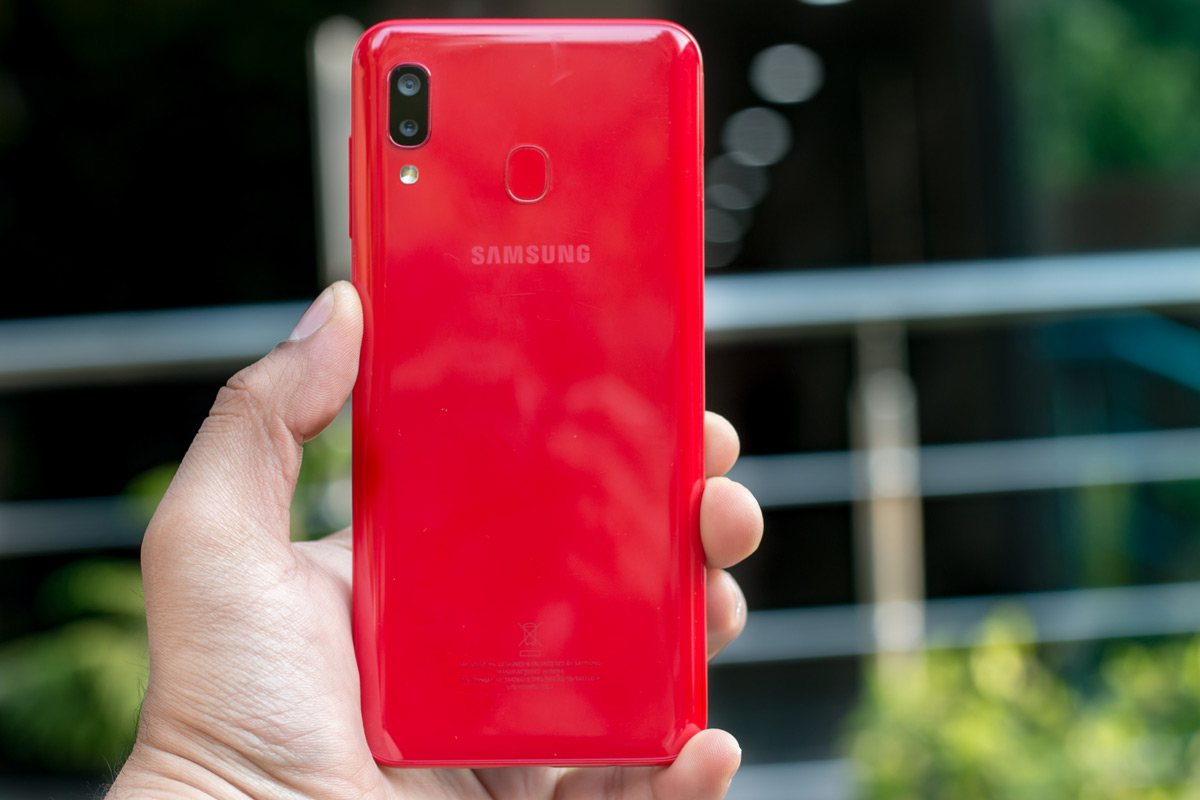
User Experience: Features and Functionality
Unique Selling Points of the A20
Samsung has loaded the Galaxy A20 with user-friendly features like Samsung Pay, One UI, and a rear-mounted fingerprint sensor. These attributes add a level of convenience and security that contributes to a positive user experience.
What Other Smartphones Offer
The competition may provide their own set of unique features, such as alternative biometric options, custom skins with additional functionalities, or even a pure Android experience without bloatware. Depending on personal preference for interface and usability, some users may find competing devices better aligned with their needs over the Galaxy A20.
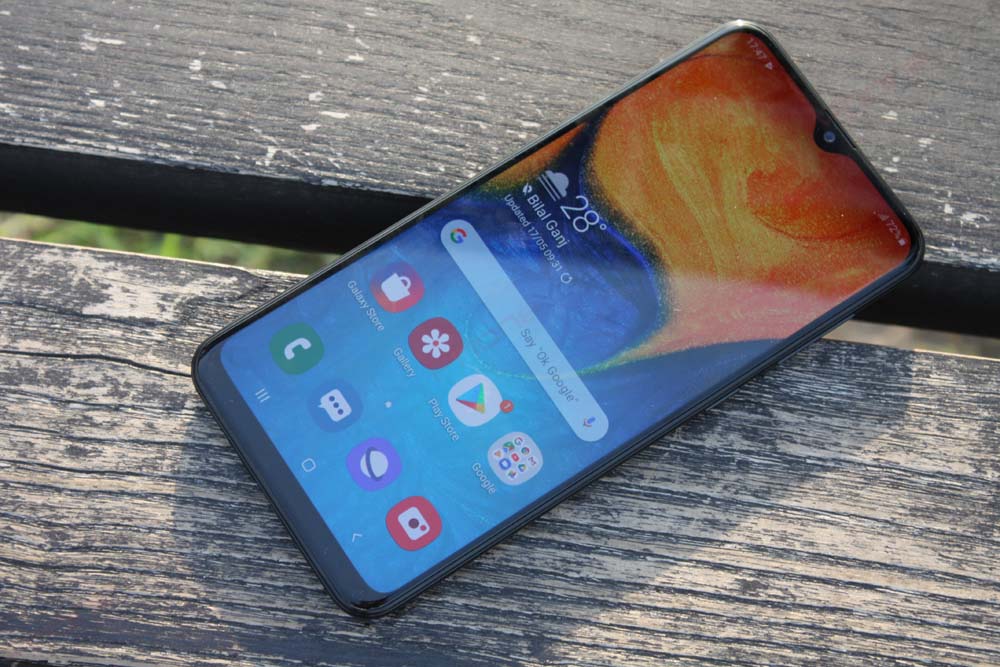
Price to Performance Ratio: Finding Balance
Galaxy A20’s Value Proposition
The Samsung Galaxy A20 is priced to attract users looking for a balanced blend of features without pushing the boundaries of their wallets. It offers a respectable mix of display quality, battery life, and user-friendly features that make it a solid option in the budget smartphone market.
Comparing Costs and Features
When evaluating the competition, it’s essential to weigh the cost against the provided features. Some smartphones may undercut the A20’s price but offer fewer features or lower performance. Others might be slightly more expensive but provide enhancements that justify the extra expense. Buyers must assess which phone delivers the best value for their specific requirements and budget constraints.
Making the Right Choice: User Priorities and Preferences
Aligning Features with User Needs
Selecting the right smartphone comes down to understanding how each device’s features align with your personal or professional requirements. For instance, if prolonged battery life and a vibrant display are top priorities, the Galaxy A20 likely offers a substantial appeal. Conversely, individuals with a keen interest in photography or requiring high processing power for gaming might explore other options that focus more intensely on these specific aspects. Therefore, listing your top needs and comparing how each available device meets these can guide your final decision effectively.
The Evolution of Budget Smartphones
The Galaxy A20 and its counterparts mark a significant evolution within the budget smartphone sector, offering features once reserved for higher-end models at a more accessible price point. This trend empowers consumers, allowing for a richer set of options within the budget category that doesn’t force significant compromises on quality or experience. As manufacturers continue to push the boundaries of what budget smartphones can offer, consumers stand to benefit from increasingly competitive and feature-rich choices.
Future-Proofing Your Purchase
In the fast-paced world of technology, considering how well a smartphone will serve you in the long run is essential. While the Galaxy A20 offers a solid array of current features, potential buyers should also consider software update policies, potential for future app requirements, and any emerging technology trends that might affect their satisfaction with the device in the years to come. Opting for a smartphone that not only meets immediate needs but also demonstrates a degree of future-proofing, whether through guaranteed software updates or versatile hardware capabilities, can ensure a more satisfying and enduring user experience.
In conclusion, the Samsung Galaxy A20 presents a compelling option for budget-conscious users, balancing a plethora of user-friendly features with cost efficiency. However, as with any technological investment, weighing its attributes against personal preferences and future requirements is crucial. By doing so, users can ensure they select a smartphone that not only matches their current desires but will also continue to provide value and functionality as their needs evolve.
